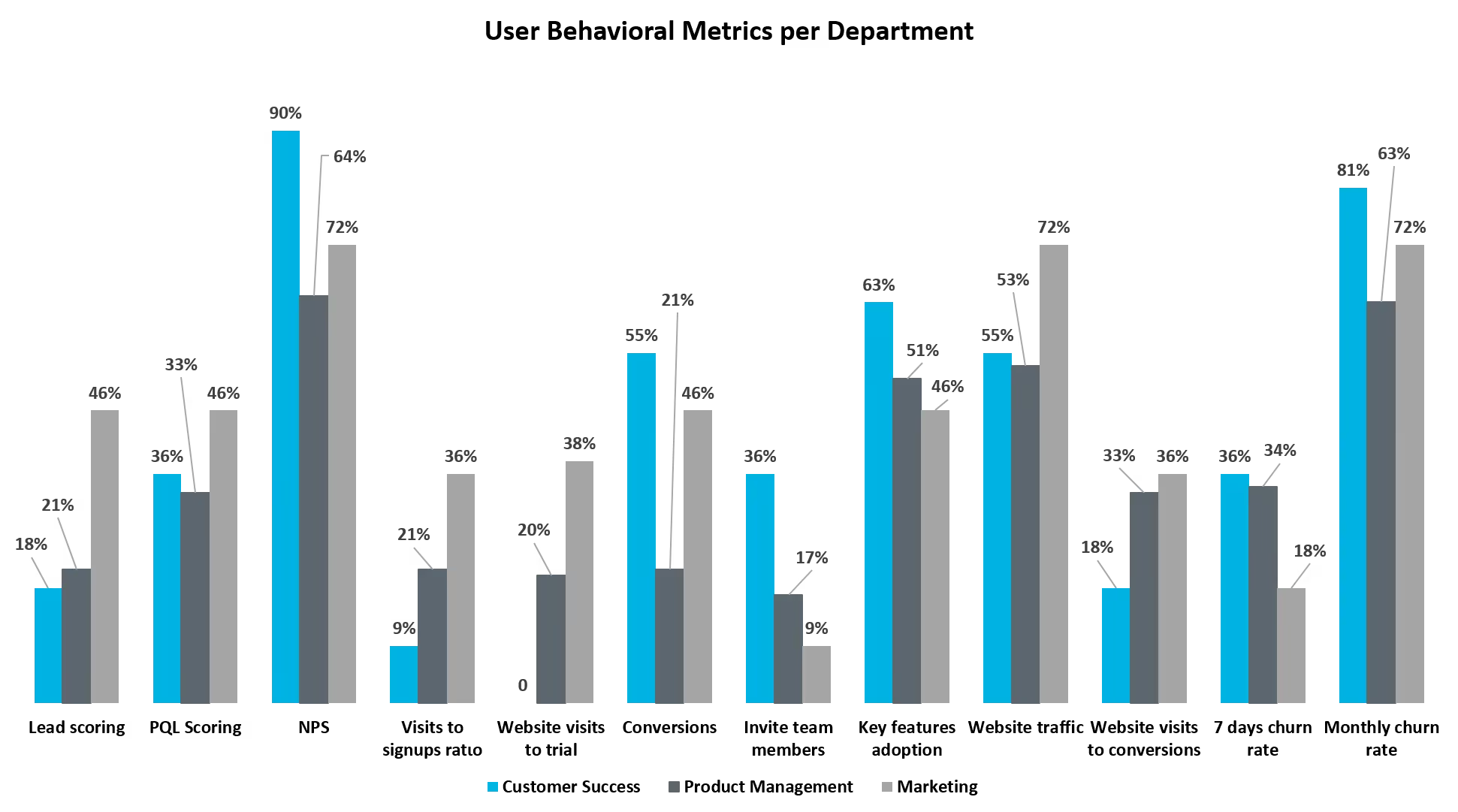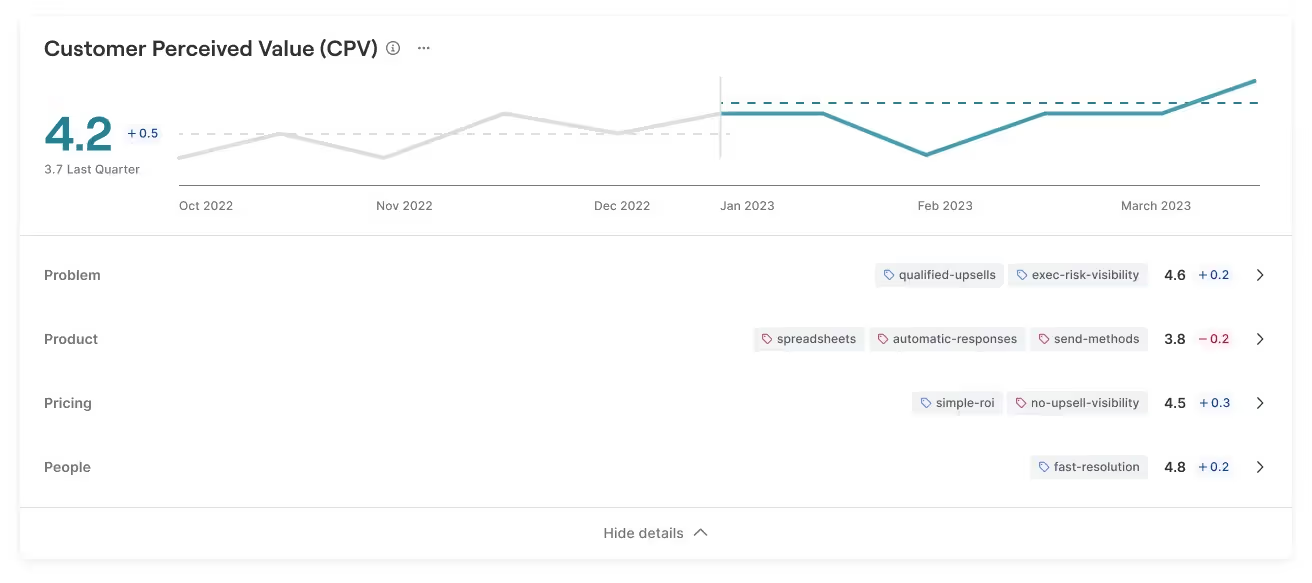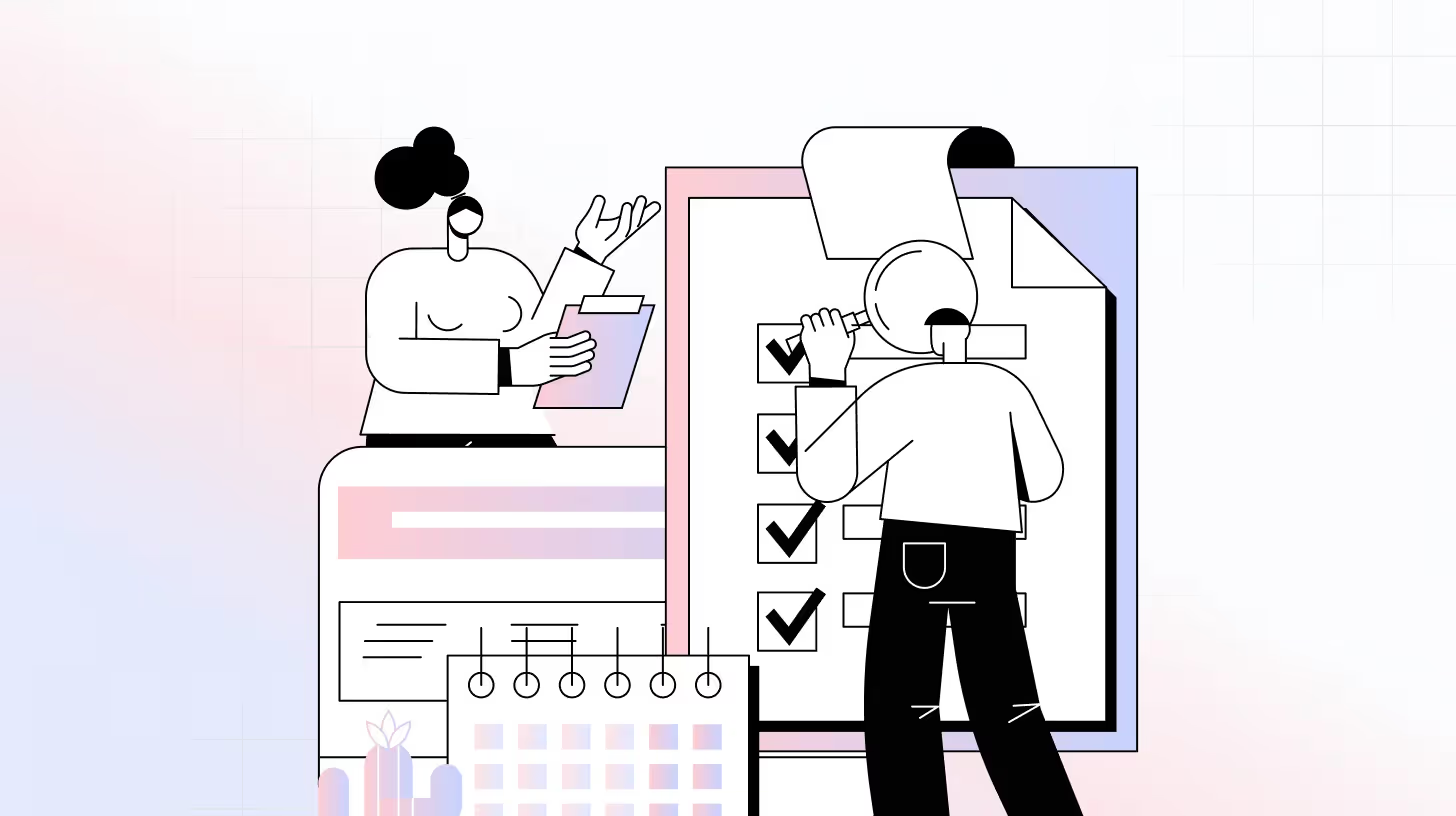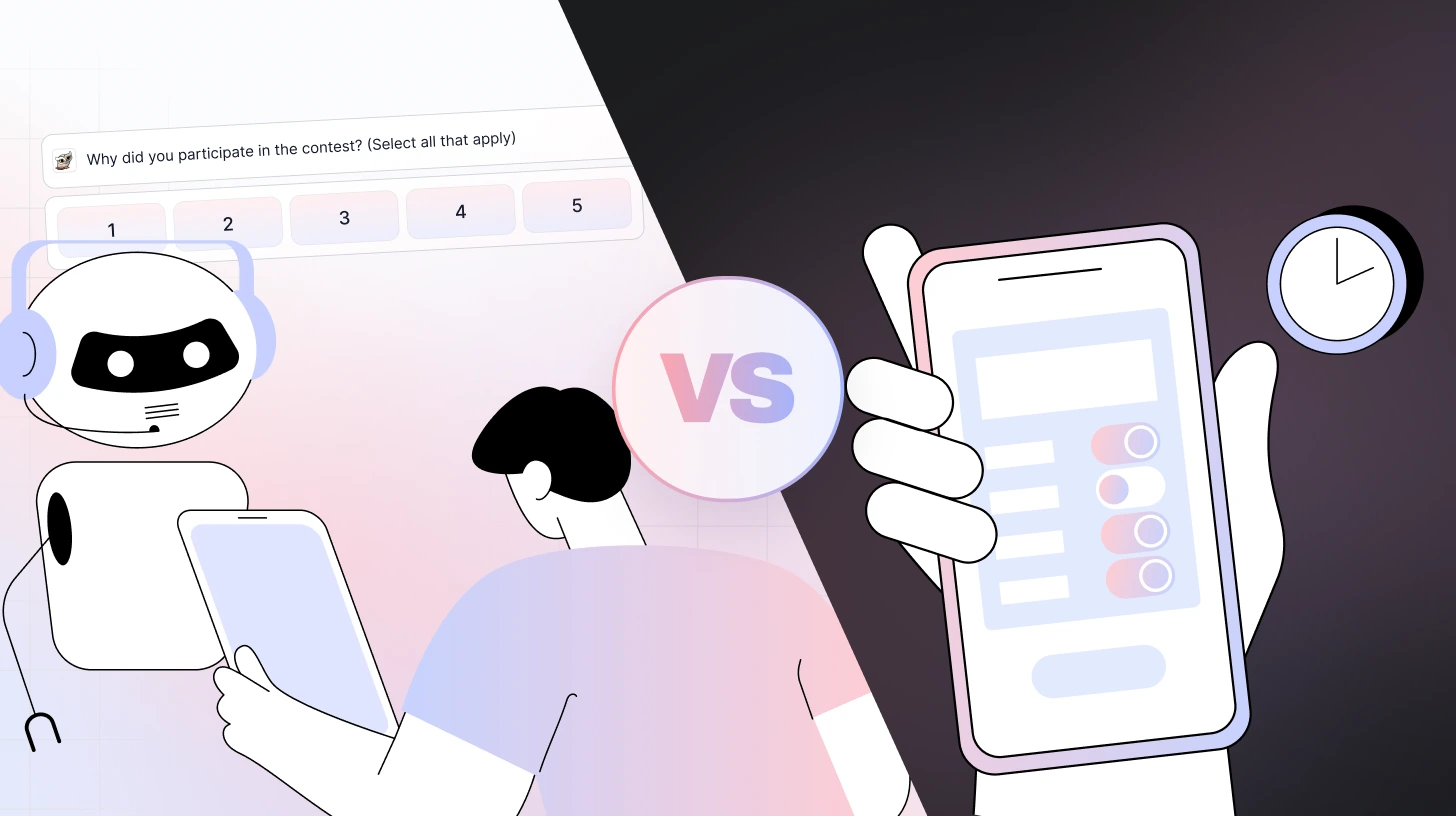 Blog
Blog Boosting NRR: Early Indicators Every Revenue Leader Must Know
Boosting NRR: Early Indicators Every Revenue Leader Must KnowBoosting NRR: Early Indicators Every Revenue Leader Must Know


Learnings from interviews with 500+ Revenue and Customer Leaders
Attention all revenue leaders – CCOs, CS, CROs, and Sales Leaders – your responsibility extends far beyond just the end numbers. While revenue, growth, and customer acquisition are key, understanding the nuances of customer retention and early indicators can revolutionize your approach to boosting NRR.
Why Should Revenue Leaders Care About NRR?
Consider this: every 1% increase in Net Retention could spike the enterprise revenue multiple by 0.7x! Translate that to business language: a mere 3% increase in NRR can potentially double your company's valuation [source: Article Magazine Volume 02, Chapter 1].

Traditional Metrics Every Revenue Leader Should Be Tracking:
- NRR (Net Retention Rate): Demonstrates the percentage of retained revenue from existing customers.
- Churn Rate: Represents how many subscribers cease their subscription within a specific period.
- Growth Retention: Chronicles your customer base's growth trajectory.
- Net Retention: A combination of churn and expansion rate, offering a holistic view of customer retention.
- LTV (Lifetime Value): Projects the revenue a customer will generate during their tenure with the company.
These key revenue growth metrics form the core of performance tracking, though they predominantly offer a retrospective view.
Recommended read: Beyond "Lost Champion": Real Reasons for Customer Churn and Fixes
Forward-Thinking Metrics: Proactivity is Key
In today's ever-evolving business landscape, staying one step ahead is more than a competitive advantage—it's necessary. Traditional metrics offer a look in the rearview mirror, but companies need to be forward-facing to drive sustainable growth. This section dives deep into forward-thinking metrics, the proactive tools that empower businesses to anticipate customer needs, gauge loyalty, and foster engagement. We'll not only introduce each metric but also provide a comprehensive exploration of their implications and applications:
- Product Usage: Monitoring frequency and depth of product engagement by customers.
- Team Sentiments (CSM/AM feelings): Gather anecdotal feedback and insights from your teams on the frontline.
- NPS (Net Promoter Score): An index of customer loyalty and satisfaction.
- Health Score: A comprehensive metric, usually derived from product usage, team sentiments, and NPS.
- Desired Outcomes: Tracks if your product/service aligns with customer expectations and aspirations.
How these metrics help with improving Net Retention
All these metrics serve as critical tools for revenue leaders in pursuing sustainable growth, customer retention, and expansion. Here's a concise breakdown of what they offer:
- Predict and Prevent Churn: By monitoring product usage, health scores, and team sentiments, revenue leaders can detect early signs of customer disengagement or dissatisfaction. These metrics alert them to potential risks, allowing for timely interventions to retain customers.
- Drive Sales and Expansion: Metrics like NPS and team sentiments highlight satisfied customers who can be approached for upselling or cross-selling opportunities. Happy customers are more likely to explore additional products or services, which boosts revenue.
- Enhance Customer Value: Desired outcomes help revenue leaders ensure the product or service delivers its promised value. Companies can build stronger relationships by continuously aligning with customer expectations, fostering loyalty, and reducing churn.
Strategize Resource Allocation: With insights from these metrics, revenue leaders can identify which product or service areas need more attention and resources. This ensures that investments are directed towards initiatives that maximize customer value and return on investment. - Refine Product Development: Product usage metrics reveal features or services that customers find most valuable. This data informs product teams about where to innovate, what to enhance, and what may be redundant.
- Build Stronger Relationships: Team sentiments capture the human side of customer interactions. Revenue leaders can use this feedback to strengthen customer relationships by addressing concerns, acknowledging feedback, and deepening engagement.
- Strategic Planning and Forecasting: With a holistic understanding of customer loyalty (NPS), product engagement (usage), and overall health scores, revenue leaders can make informed decisions about market expansion, product launches, or pivoting strategies.
These are your strategic tools for boosting NRR and aligning with modern revenue growth metrics.
Now let’s discuss each further and why they may or may not be helpful to your organization:
Product Usage
The Two-Fold Value of Product Usage:
While product-led growth companies are seeking their own 'magic' formula of product usage (akin to Facebook's early days), product usage essentially boils down to two primary use cases:
- Absolute Non-Usage: If your customers aren't engaging with your product at all, it's a clear red flag.
- Non-Usage of Unique Features: If the unique features that differentiate your product from competitors aren't being used, it's a sign of potential churn.

However, consistent product usage doesn't necessarily correlate with customer satisfaction or perceived value. Case in point: Chilipiper enriches CRM contact data and, once integrated, works automatically. But mere integration doesn't guarantee perceived value. Similarly, the case of Chorus demonstrates that high product usage doesn't always equate to customer satisfaction or retention.
Team Sentiments
The Human Element in Customer Retention:
Customer Success Managers (CSMs) are the pulse-checkers of your customer relationships. Their insights, drawn from human relationships and not mere numbers, can be invaluable. However, individual CSM skills vary, and the reshuffling of accounts or changing CSMs can lead to losing customer insights. Relying solely on CSM sentiments can be misleading. For instance, a close relationship between a CSM and a customer contact can give a false sense of security regarding account health.

Relying solely on CSM sentiments for revenue forecasting can result in unexpected churn. Unexpected churn is detrimental to company health and morale.
NPS (Net Promoter Score)
Understanding NPS:
NPS measures customer loyalty and is simple to implement, with scores offering industry benchmarks. It's widely recognized in the corporate world and among VCs and board members. However, while NPS provides a clear score, it's not always actionable. Contrary to popular belief, high or low NPS doesn't always correlate with churn or retention. Some businesses find cultural differences in NPS scores; for instance, Japanese customers might have lower NPS scores but show excellent retention.

Health Scores
The Good and the Bad:
A health score is a customer's estimated health index to predict churn risk. It combines many data points like product usage, CSM sentiments, NPS, support tickets, etc. While it's become a standard among growing tech companies, its accuracy remains a point of debate. The challenge lies in constantly adjusting and improving the score, yet unexpected churns still occur.
A striking example is Oracle's 23-element health score, which ultimately found the customer's feedback as the most reliable churn predictor.
Desired Outcomes – Success Plan
Valued Outcomes and Challenges:
Established at the onset of customer onboarding, this plan charts the trajectory of the customer journey by outlining mutually agreed-upon outcomes and consistently tracking progress throughout the contract term. Implementing such plans:
- Measures and tracks the genuine value delivered to customers.
- Encourages customers to invest time and resources, reflecting their commitment.
While the desired outcome method does yield positive results, with organizations like ChurnRX excelling at training teams to deploy this approach effectively, there are notable considerations.
The investment required financially in hiring experts like ChurnRX and in terms of team time is significant. This might be challenging for smaller companies. Additionally, these plans can be rigid and may not easily adapt to market changes or the departure of pivotal personnel from a company. For instance, the tech downturn in 2022 resulted in many leaders either being laid off or shifting positions, rendering many such success plans ineffective or obsolete.
While each metric has its strengths, relying solely on one could be misleading. It's essential for companies to maintain a holistic view, considering multiple metrics and ensuring regular feedback loops with their customers.
After speaking with 500+ CS leaders, these themes came up… a lot:
Constant innovation is required for collecting, curating, and distributing the right feedback in a world that has grown tired of surveys.”
Fred Reichheld, the creator of Net Promoter®
We found that the number one driver of survey fatigue was the perception that the organization wouldn’t act on the results.”
McKinsey & Company
NPS is dead. It is one of the worst metrics for this present time because it dilutes people into believing that that number is tied to a set of repeatable behaviors. We are betting it all on one spin of this roulette wheel called NPS.” —Karen Mangia, VP of Customer & Market Insights at Salesforce
Karen Mangia, VP of Customer & Market Insights at Salesforce
Net Promoter Score is a house of cards made to give executives a sense of security and progress when, in fact, no such security or progress is made. It’s intended to represent the sentiment of the customer when in fact there’s no evidence that it represents any such thing.”
Jared Spool, Founding principal of User Interface Engineering
Close the loop! Customers give their time and effort to fill out surveys yet they get nothing in return. Close the loop by sharing with customers the impact their feedback has.” —
Anita Toth, CS Consultant
For revenue leaders, it's crucial to pick metrics that:
- Have a streamlined setup (akin to NPS).
- Offer adaptability in dynamic market conditions.
- Serve as forward-looking indicators.
- Predict potential revenue pitfalls, like churn.
- Yield actionable insights for strategic planning.
- Ensure broad-based engagement, minimizing over-reliance on single points of contact.
TheySaid's Pulse Program: Continuous Customer Feedback
The feedback landscape is changing. As the inadequacies of traditional feedback mechanisms become more evident, there's a push towards more agile and responsive feedback systems.
An innovator in this space is the Pulse Program by TheySaid. Some visionary CS and Revenue leaders from Ondeck, Customer Success Collective, Customer Success Excellence, CS Angels, and Pavilion use this as their feedback mechanism to improve NRR.
.avif)
Rather than relying on broad, infrequent surveys, this program aims to capture the heartbeat of customer sentiments in real time. As customers navigate their journey with a brand, TheySaid's Pulse Program is right there with them, ensuring that feedback is not just an annual or quarterly event but an ongoing conversation. Feedback from the Community on TheySaid's Pulse Program
People like how easy it is to start with the Pulse Program. It's simple, kind of like NPS, which most businesses already know. What's cool about it is that it doesn't just tell you what's already happened. It gives you a heads-up about what might happen next. So, you can see if customers might leave soon or if there's a chance to sell them something more.
“Measuring customer sentiment has always been a challenge within Customer Success! We’re currently leveraging a Pulse program to help us identify opportunities & and risk and then TAKE ACTION on each response.”
Angela Apinyavat, Head of Customer Success at Inscribe
"We’re using Pulses to provide us with a level of customer sentiment that I wish I’d had throughout my career. It gives us customer sentiment at each step of the customer journey and, more importantly, turns this feedback into actionable insight—much more than an NPS score can ever provide. Incredibly simple to execute, and we’re getting around 15-20% response rates.”
Martin Dove, President & COO of Outcome Chains, Inc
Learn more about Customer Journey Pulses here.
Navigating the sea of feedback from our Pulse Program was a game-changer, but it also felt like a lot to handle for many. So, we developed Customer Perspective Value (CPV) to simplify things.
What is Customer Perceived Value (CPV)?
Customer Perceived Value (CPV), pioneered by the founders of TheySaid, who were early employees of the globally recognized human insight platform UserTesting, offers an innovative approach to gauge the value customers discern from a business. With over a decade of experience collaborating with Fortune 100 companies on user research, these visionaries developed CPV as an alternative to conventional metrics like NPS. Their methodology was based on insights gathered from extensive interviews with 500 customer leaders, providing a deep understanding of the strengths and limitations of traditional models.

CPV operates on a five-point scale and takes into account four key pillars: Problem, Product, People, and Price.
The default weightage assigned to these pillars is Problem at 45%, Product at 25%, Pricing at 20%, and People at 10%. However, companies have the flexibility to adjust these weightings to suit their specific business needs and customer dynamics. This multi-faceted approach ensures a comprehensive customer experience assessment, moving beyond mere satisfaction metrics to capture a genuine understanding of perceived value.
Why CPV? Because businesses told us they needed a clear way to understand customer feedback without feeling swamped. CPV takes all that rich feedback from Pulse and turns it into a single, easy-to-grasp metric. Think of it as a shortcut to understanding what your customers really think and where to take action to impact Net Retention proactively
Benefits of Customer Perceived Value (CPV):
- Focuses on value
- Higher and more detailed response rates
- Automatic, continuous feedback at scale
- Integrated with CRM and CSPs
- Actionable insights
- Tailored for B2B
You can learn more about CPV here.
Recommended read: A Practical Guide to Pulse Surveys: Definition, Benefits & Best Practices
Drawing Insights for Sustainable Growth
In the modern business environment, growth isn't just about acquisition—it's about sustainable growth through retention and customer satisfaction. For revenue leaders, this entails understanding the end numbers and the qualitative and quantitative metrics that foretell future challenges and opportunities. As we've explored, metrics ranging from traditional measures like NRR (Net Revenue Retention) and Churn Rate to forward-thinking metrics like Health Scores and Customer Perceived Value are invaluable tools in this mission and crucial for boosting NRR.
But, perhaps what stands out most prominently from our exploration is that no single metric can capture the multifaceted nature of the customer journey. While conventional measures like NPS may offer immediate insights, the combination of multiple metrics, feedback loops, and continuous improvement based on real-time data promises transformative outcomes. The introduction of innovative feedback models like TheySaid's Pulse Program and the holistic approach of CPV exemplify the evolving nature of customer success measurement in the digital age.
For revenue leaders aiming for long-term growth, understanding these metrics and indicators is not just beneficial—it's essential. By adopting a proactive and comprehensive approach to customer success, businesses can foster stronger relationships, anticipate market shifts, and consistently deliver value, ensuring not just growth but sustainable and impactful growth through stronger Net Revenue Retention.
Let's chat if you are interested in proactively and automatically measuring the value delivered to your customers. Schedule some time with me here.
-Lihong
















.svg)